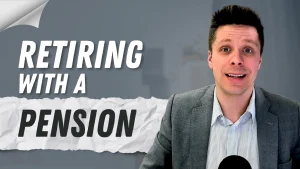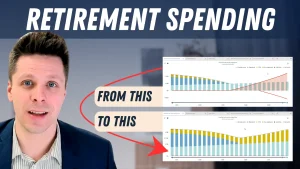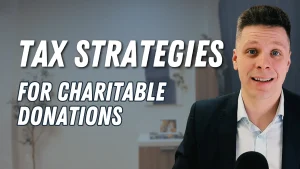How do you take money out of your RRSPs tax efficiently throughout the year? How do you do this? Do you withdraw monthly, quarterly, or annually? This is a question we receive all the time. Here are the pros and cons of each withdrawal frequency and what we think about when we go through this process with our clients





